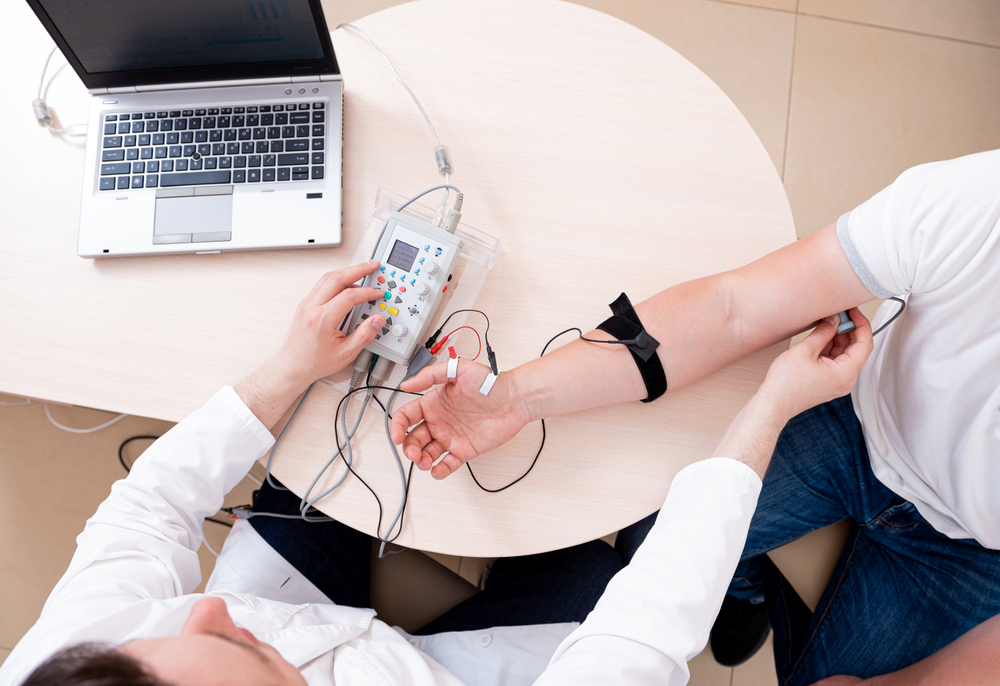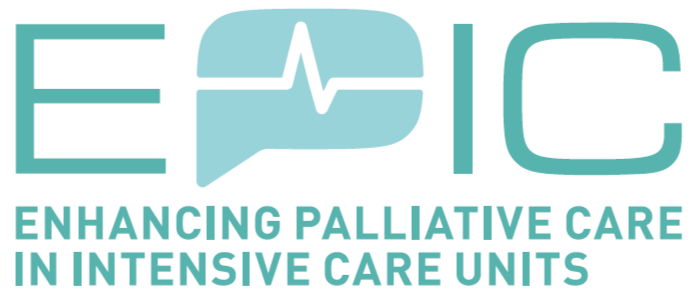ESAIC News
Newsletter March 2024: My Journey in Cardiac Anaesthesia and Intensive Care at Barts Heart Centre, London
“Please mind the gap [between the train and the platform]” was one of the first things I heard after I landed in London at the beginning of March. At the time, it seemed quite fitting for my situation. After all, I had just temporarily left Bucharest and my family to spend three months at Barts Heart Centre in the heart of London. I expected to revel in “the gap” for the entire duration of my Trainee Exchange Programme. Things turned out to be more complex than I thought.
My background is in cardiac anaesthesia and intensive care. Even though I started in this niche by chance, my future career is linked to this field, so it seemed only natural to opt for this hospital when I applied for the TEP a few years ago. Barts Heart Centre is the largest centre dedicated to all things cardiac in the UK and Europe, boasting 10 theatres dedicated to cardiac, aortic and thoracic surgery and 10 cath labs. If this isn’t impressive enough, it has a history of exactly 900 (!) years, making it the oldest hospital in Europe still functioning on the initial building site.
My mentor throughout the programme was Dr Carlos Corredor. I want to use this opportunity to express my gratitude for his patience and dedication to smoothing things out. It was a bit overwhelming at first, but in a few days, I was experiencing the life of a trainee in London to the fullest.
During these three months, I got the chance to work with no less than 20 consultants, each with their little quirks and particular ways to practice this versatile speciality while following the trust policies and protocols and always having patient safety in mind. And what they all had in common was a dedication to teaching. This was one of the things that surprised me the most – every day, I left the hospital with a new trick of the trade in my bag, either a new skill or a particular bit of knowledge. I hope that someday I can do my part in passing the knowledge to the younger generations.
Some spent copious amounts of time patiently explaining complex concepts, such as the maths and physics behind the PISA measurement (thank you, Dr Nelson!). Some allowed me to be as independent as possible, giving me the confidence boost I needed. More than half of them were foreigners just like me, albeit long acclimatised, coming from all over the world, from South Africa to Belgium, from Greece to Columbia, which only shows how London is quite a melting pot of cultures. And so, at times, I felt at home; at times, I felt more like a stranger in a strange land.
The programme allowed me to practice many hands-on procedures common in cardiac and thoracic anaesthesia (such as ultrasound-guided central line PA sheath placement or selective intubation). Still, the most important skill I improved was transoesophageal echocardiography, one of the most important tools of the trade in cardiac anaesthesia. The Heartworks simulator was open for anyone interested, and I spent much time getting acquainted with it. At one point, I even had the chance to work with one of the co-inventors of the simulator – thank you, Dr Sue Wright, you are an inspiration to me!
One of the most surprising outcomes of this programme was a better appreciation of what I have at home. Throughout my stay there, I learned more about the practical aspects of being a trainee in the UK and even witnessed two junior doctor strikes in England. I must confess that I took my work-life balance in Romania for granted and was so lucky to have a family and properly take care of my children, which would be extremely difficult in the UK.
I also realised that my hospital in Bucharest had so far managed to do so much with fewer resources in a very costly and demanding anaesthetic subspecialty. I can’t help but feel a newly found sense of pride. You can only see things in a new light if you step outside the confinements of your small world, and so I strongly recommend the Trainee Exchange Programme to all the young doctors out there. Like all the best things in life, it’s not easy, but I assure you, it’s worth it.
Thank you, ESAIC, for this wonderful opportunity!
Author
- Raluca Goicea (MD) – 5th-year resident in Anaesthesia and Intensive Care, Emergency Institute for Cardiovascular Diseases, Bucharest









